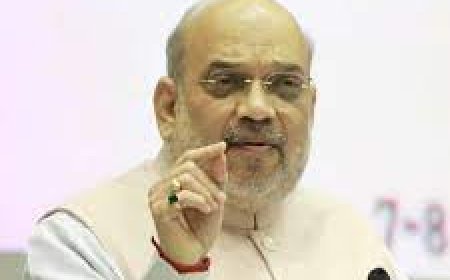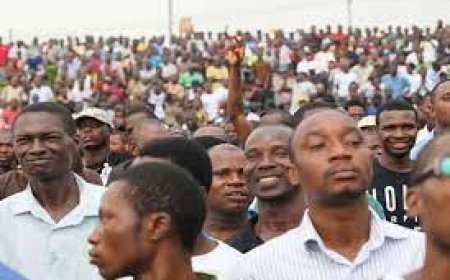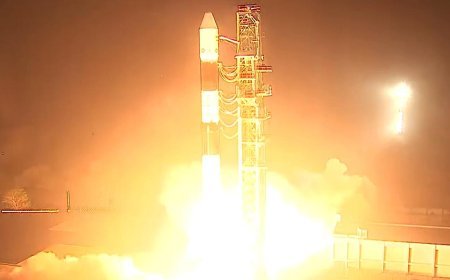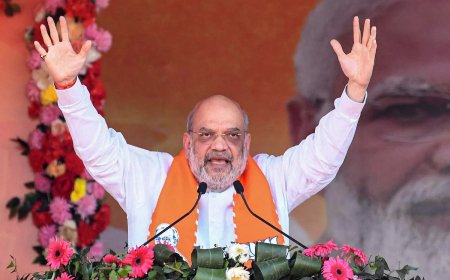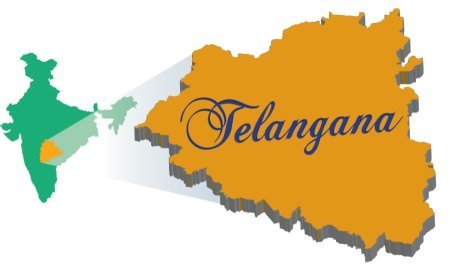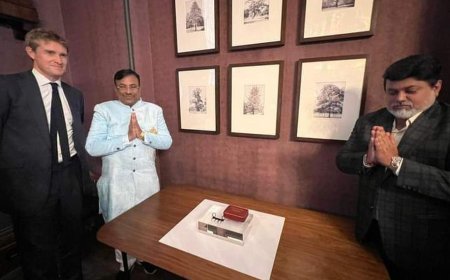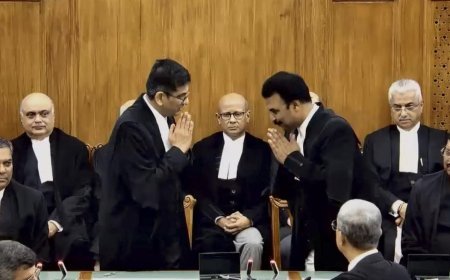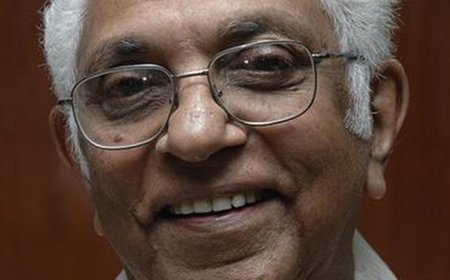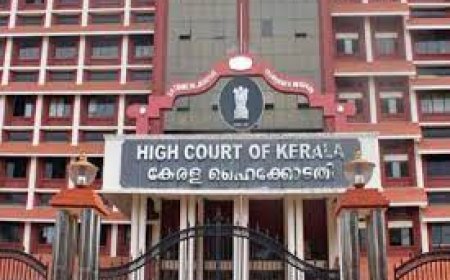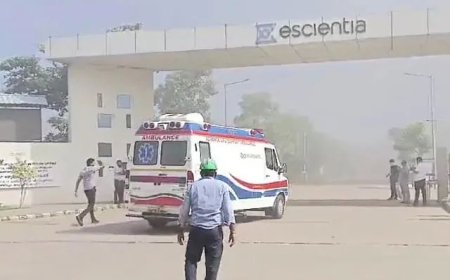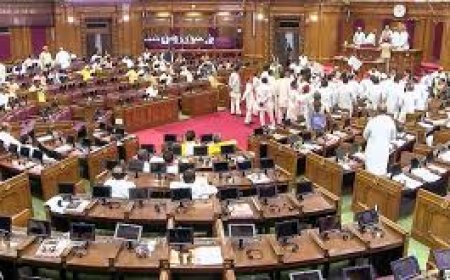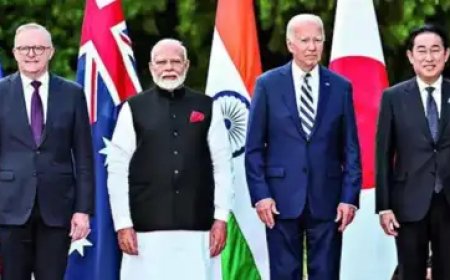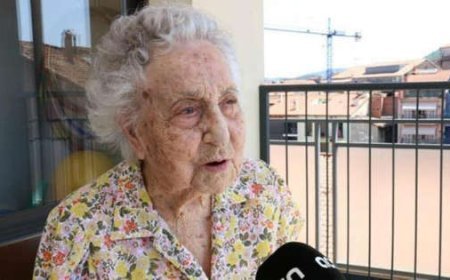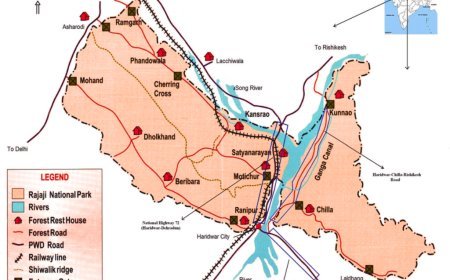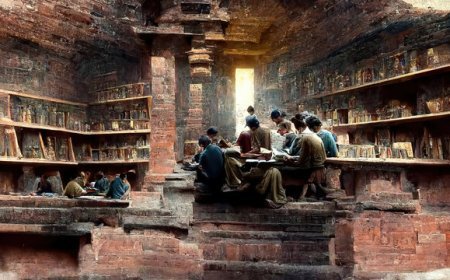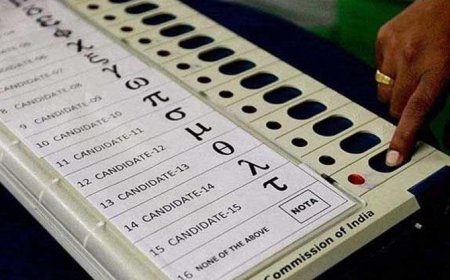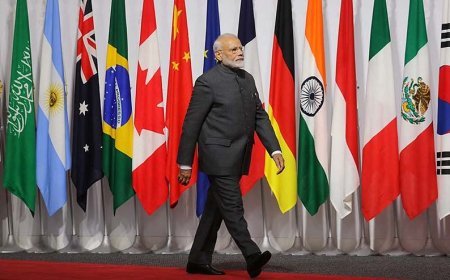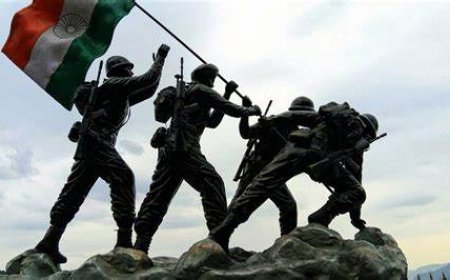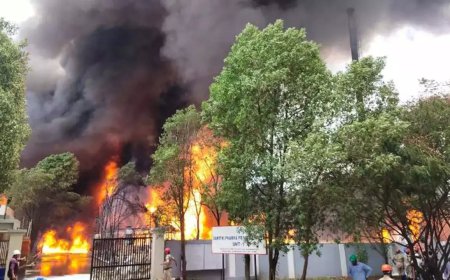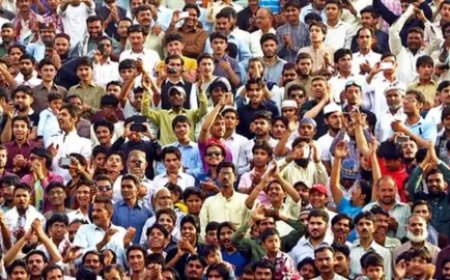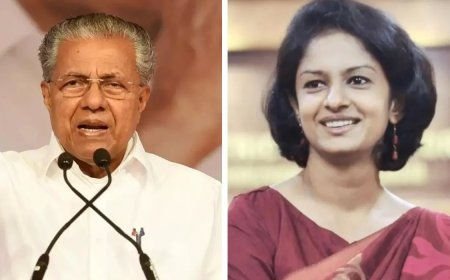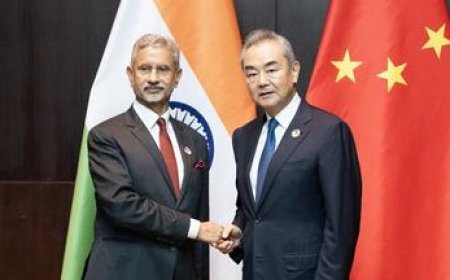Sheikh Hasina Resigns and Flees Bangladesh Amidst Surging Protests
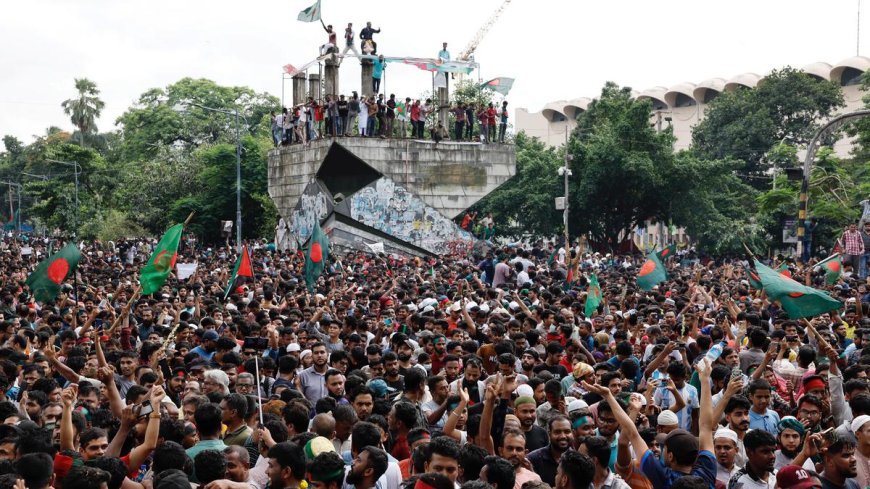
Sheikh Hasina Resigns and Flees Bangladesh Amidst Surging Protests
Dhaka, Bangladesh – Bangladesh Prime Minister Sheikh Hasina, the country’s longest-serving leader, has resigned and fled amidst escalating protests that have claimed over 300 lives. Ms. Hasina was airlifted from Dhaka and landed at Hindon Air Force Station near Delhi. She has requested asylum in the U.K., accompanied by her sister Rehana, a U.K. citizen.
Unrest and Resignation
The situation in Bangladesh has been deteriorating for weeks as protests against the Hasina government intensified. The "March to Dhaka" campaign, led by the Students Against Discrimination, saw thousands defying a government-imposed curfew and gathering at key points in the capital. Around 3 PM local time, demonstrators breached police barricades and stormed the Prime Minister’s official residence, Gonobhaban. Protesters overturned furniture, smashed glass doors, and looted various items, marking a dramatic escalation in the unrest.
In a televised address, Army Chief General Waker-Uz-Zaman confirmed Ms. Hasina's resignation and urged an end to the violence. He pledged to meet the protesters' demands and ensure justice for those killed during the unrest. The General announced plans to form an interim government after consulting with the President and opposition parties, bypassing the Awami League, Ms. Hasina's party.
Flight to Safety
Amidst the chaos, Ms. Hasina attempted to record a speech but was interrupted by the advancing crowd. She and her sister were quickly moved to the Old Tejgaon airport and airlifted in a Mi-17 helicopter to a Bangladesh Air Force C-130 transport aircraft, which transported them to India. Upon arrival at Hindon Air Force Station, they were met by National Security Advisor Ajit Doval and Air Marshal PM Sinha. Ms. Hasina is expected to stay in India for one or two nights pending U.K. asylum approval. The Indian High Commission staff remain in Dhaka, closely monitoring the situation.
Protests and Violence
The resignation has only intensified the unrest. Protesters continue to storm Awami League offices and residences of party politicians, including former Home Minister Asaduzzaman Khan. Renowned photographer and human rights activist Shahidul Alam, participating in the protests at Shahbagh, Dhaka, described the scene as euphoric following Ms. Hasina's departure.
Ms. Hasina had been in power since 2009, serving her fourth consecutive term. The protests began last month over the reinstatement of a controversial government job quota system favoring war veterans' children. The government's heavy-handed response, including shutting down universities and deploying police and military forces, only intensified the demonstrations.
The Path to Crisis
The initial spark for the unrest was the reinstatement of a government job quota system by the High Court, which favored children of war veterans. Students, feeling marginalized by this policy, began protesting. The government's response was severe, involving university shutdowns and a harsh police crackdown. On July 21, the Supreme Court ruled to scale back the quotas, but this did not appease the protesters, who demanded broader reforms and Ms. Hasina’s resignation.
The tipping point came last week when demonstrations resumed with new vigor, leading to a nationwide crisis. Protesters issued demands for justice and accountability for those killed in previous clashes, further escalating tensions.
Ms. Hasina’s resignation and flight underscore the fragile state of Bangladesh's democracy. Her departure, while addressing immediate protester demands, leaves the country in a precarious position. The formation of an interim government by the military, bypassing the Awami League, raises questions about the future of civilian rule in Bangladesh. The absence of the Awami League in negotiations and the direct involvement of the military suggest a potential shift towards a more authoritarian regime.
The international community must closely monitor the unfolding situation. The response from global powers, particularly regarding Ms. Hasina’s asylum request and the support for democratic processes in Bangladesh, will be crucial in shaping the country's future.
Next Steps
As Bangladesh navigates this turbulent period, the interim government faces the immense task of restoring order and addressing the protesters' grievances. Ensuring justice for those killed during the protests and initiating meaningful reforms will be key to stabilizing the nation.
The path forward for Bangladesh remains uncertain. The potential for further violence looms large, and the international community's role in supporting a peaceful transition is more critical than ever.
What's Your Reaction?









